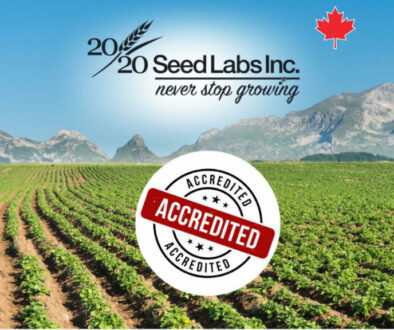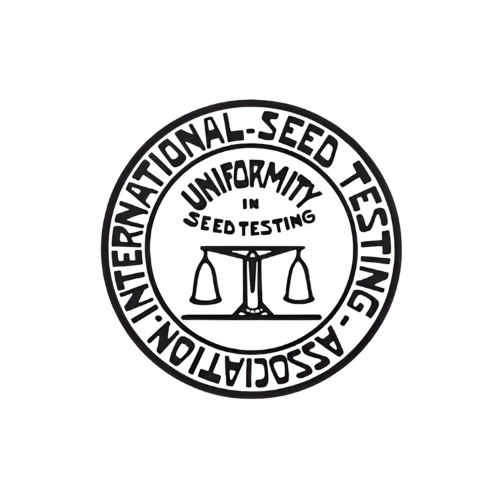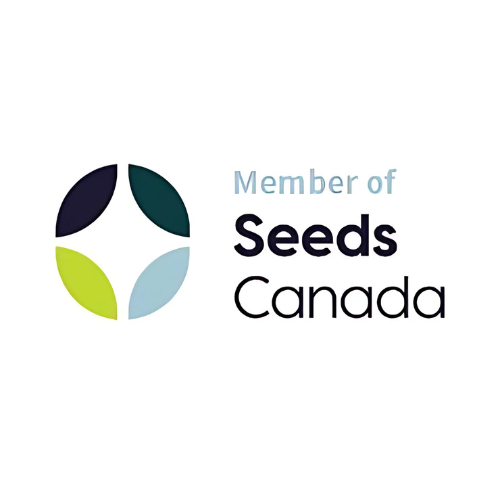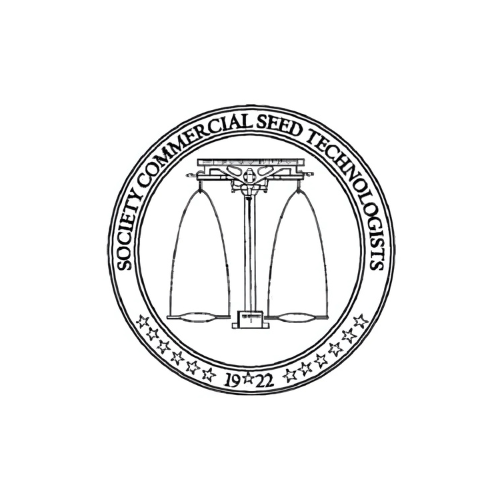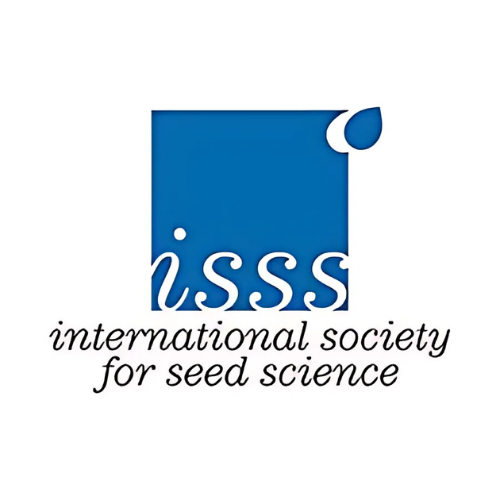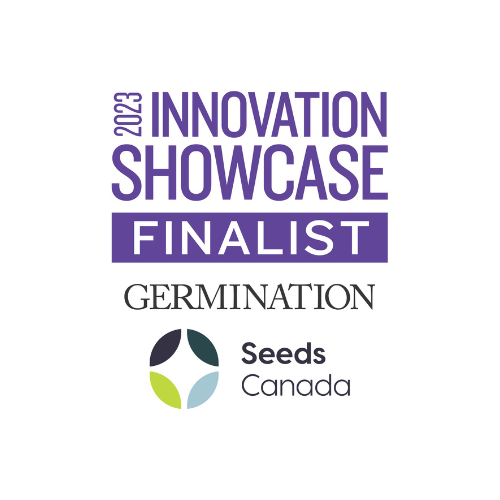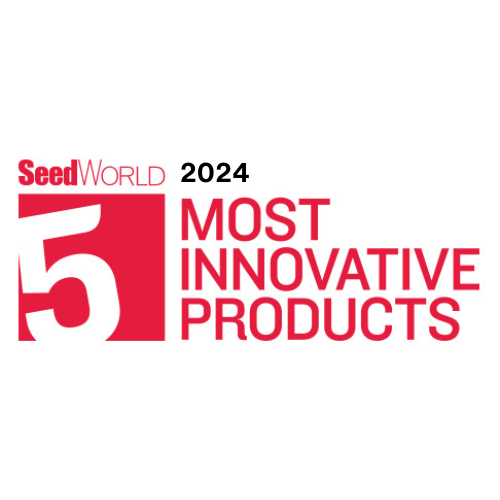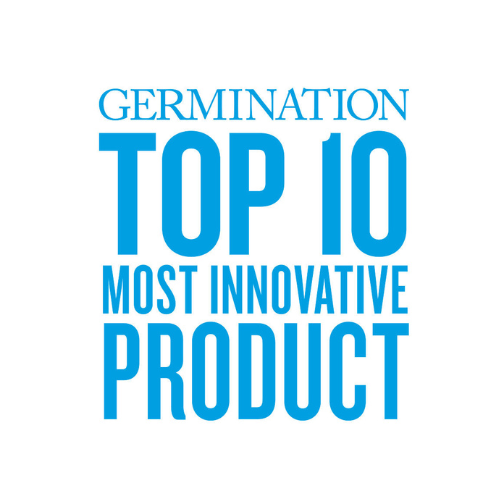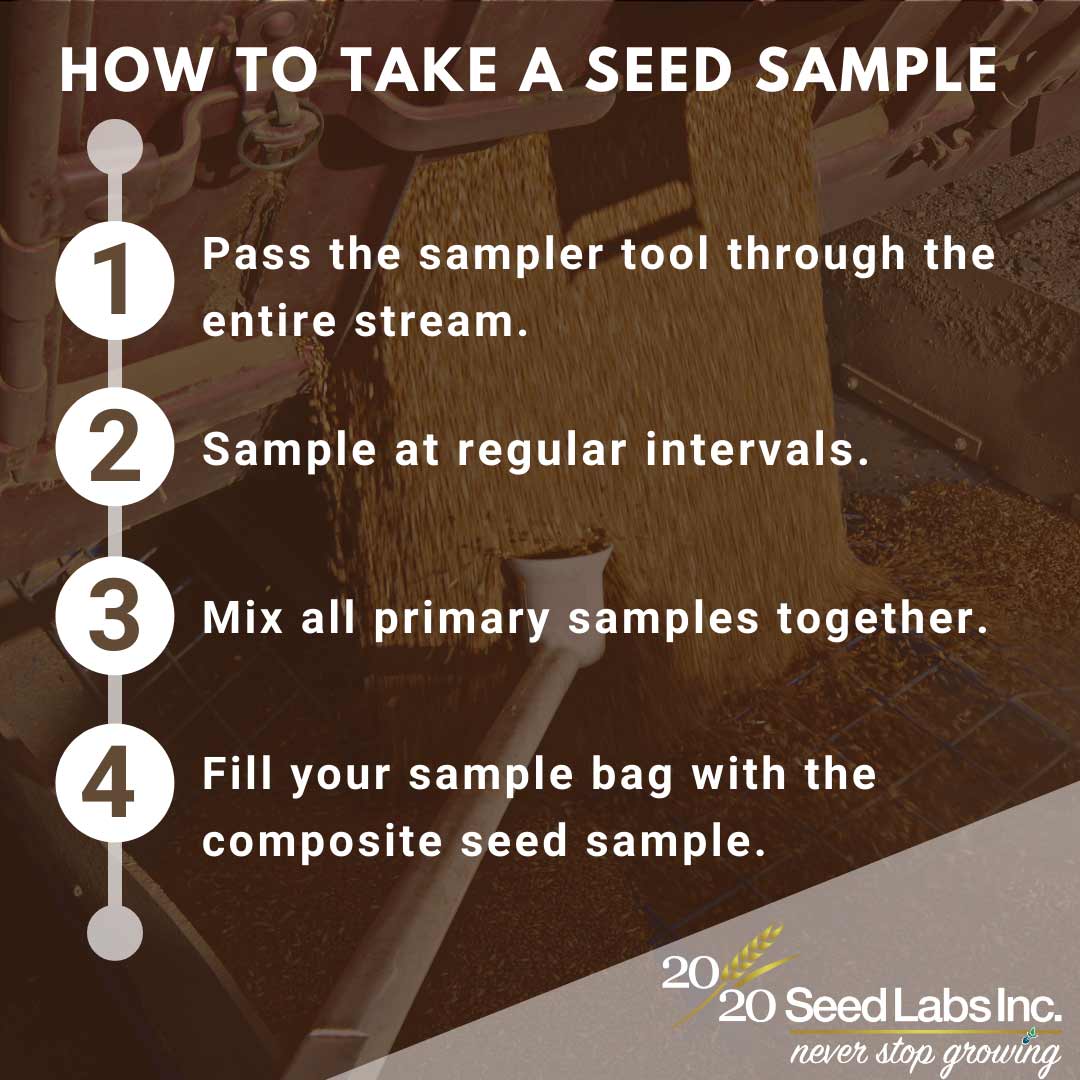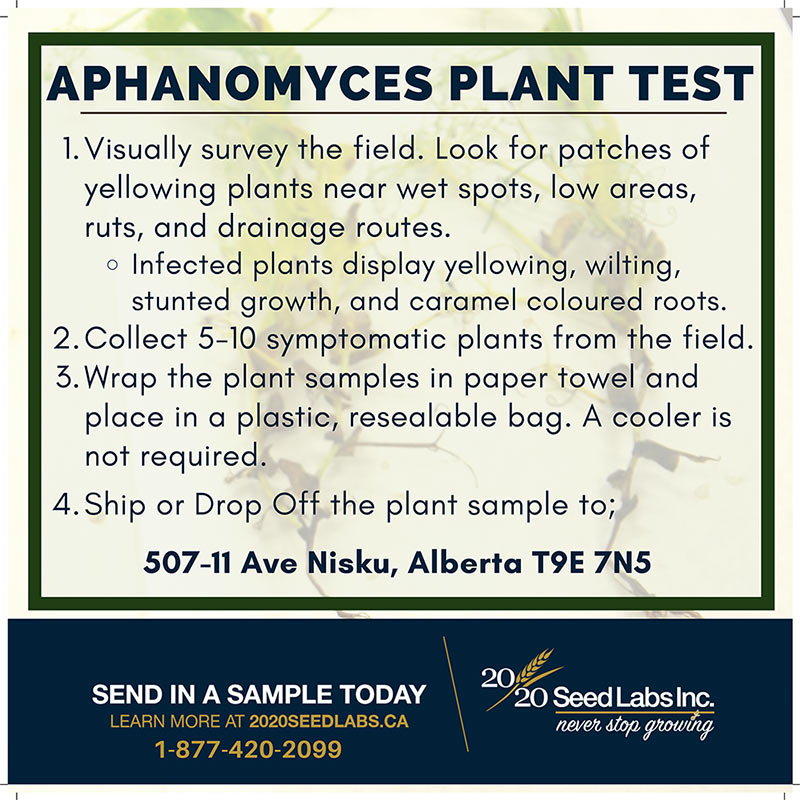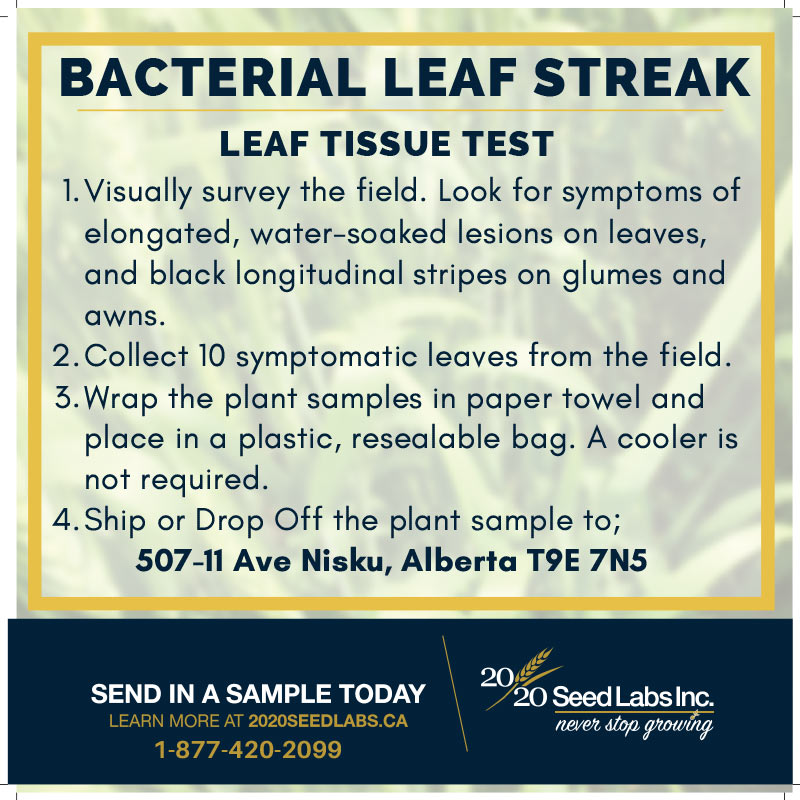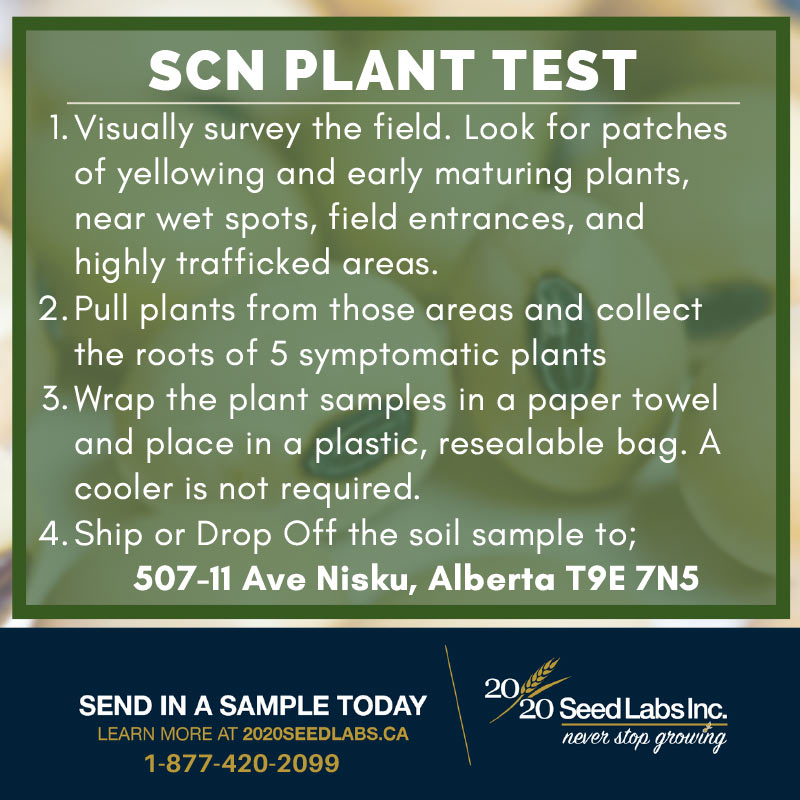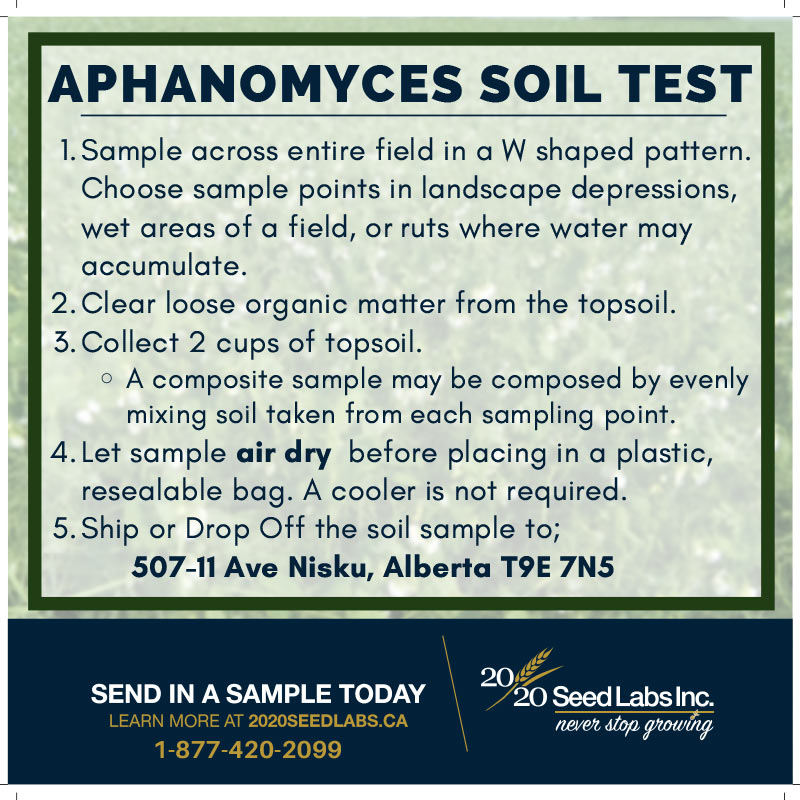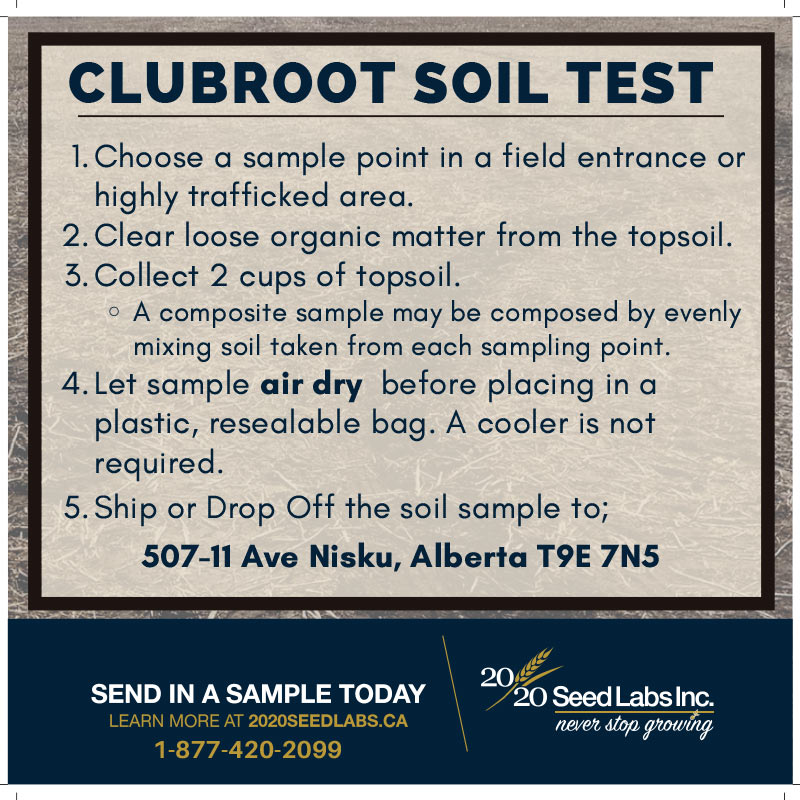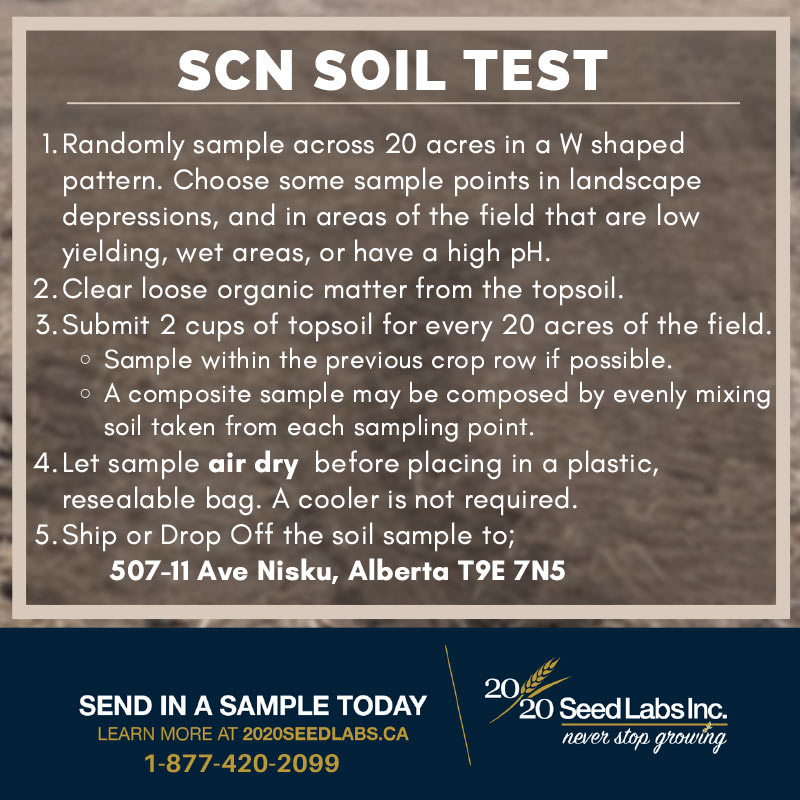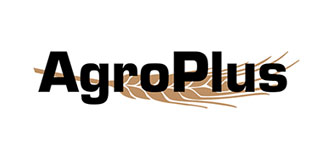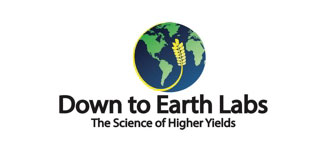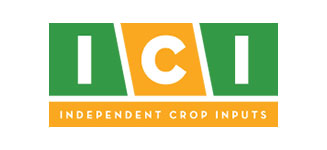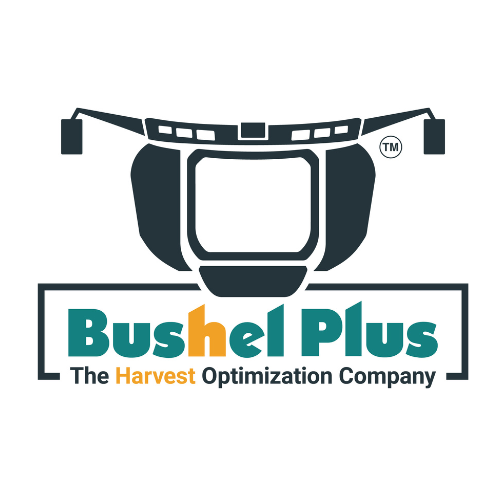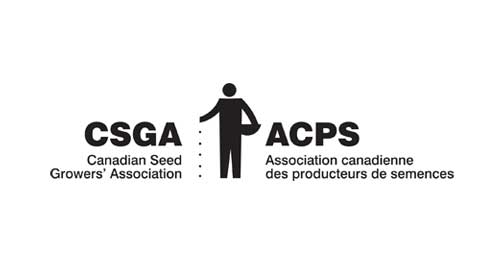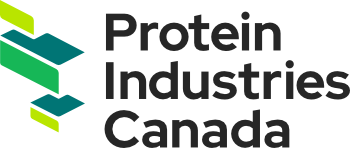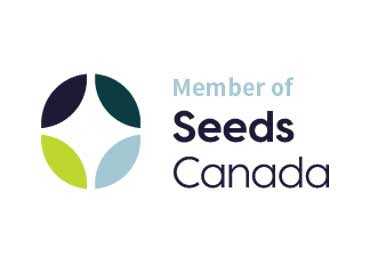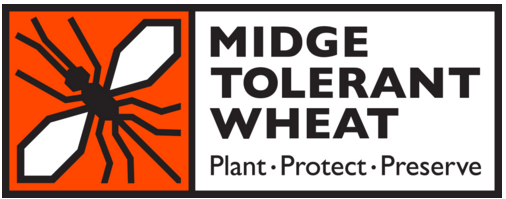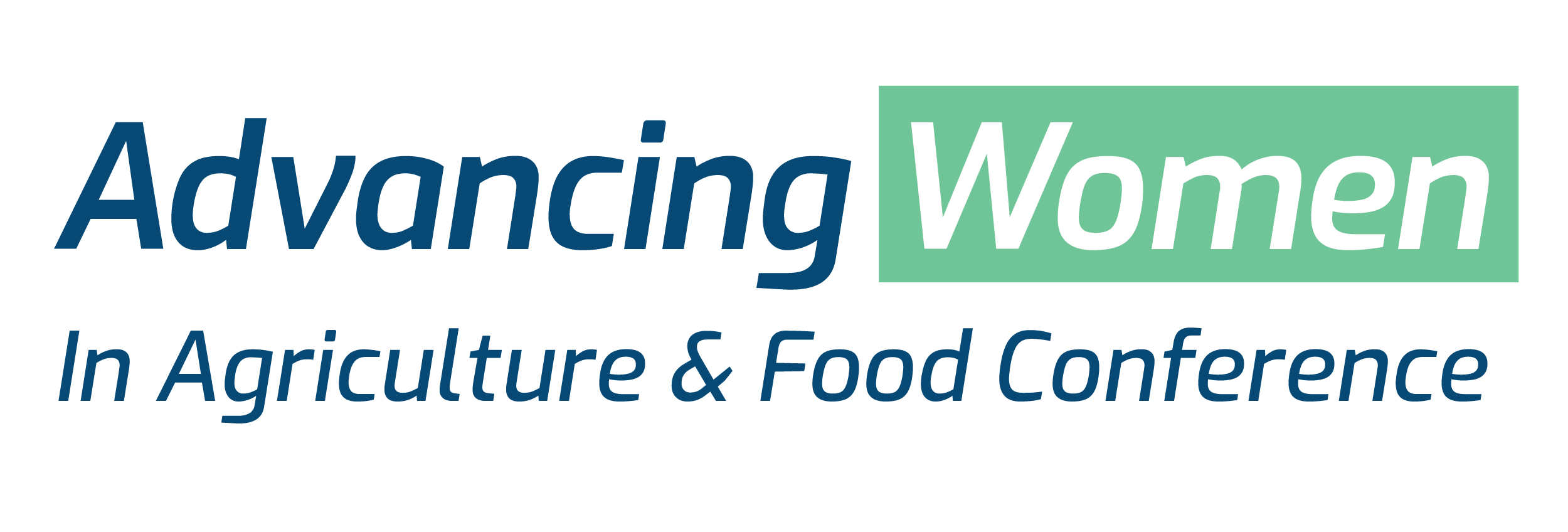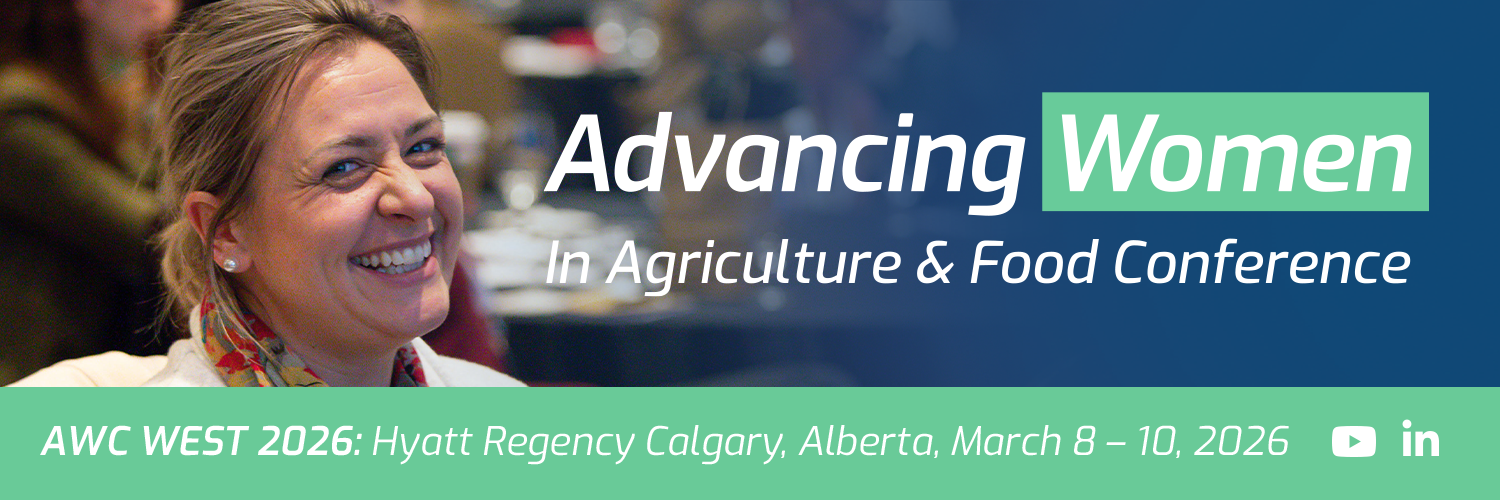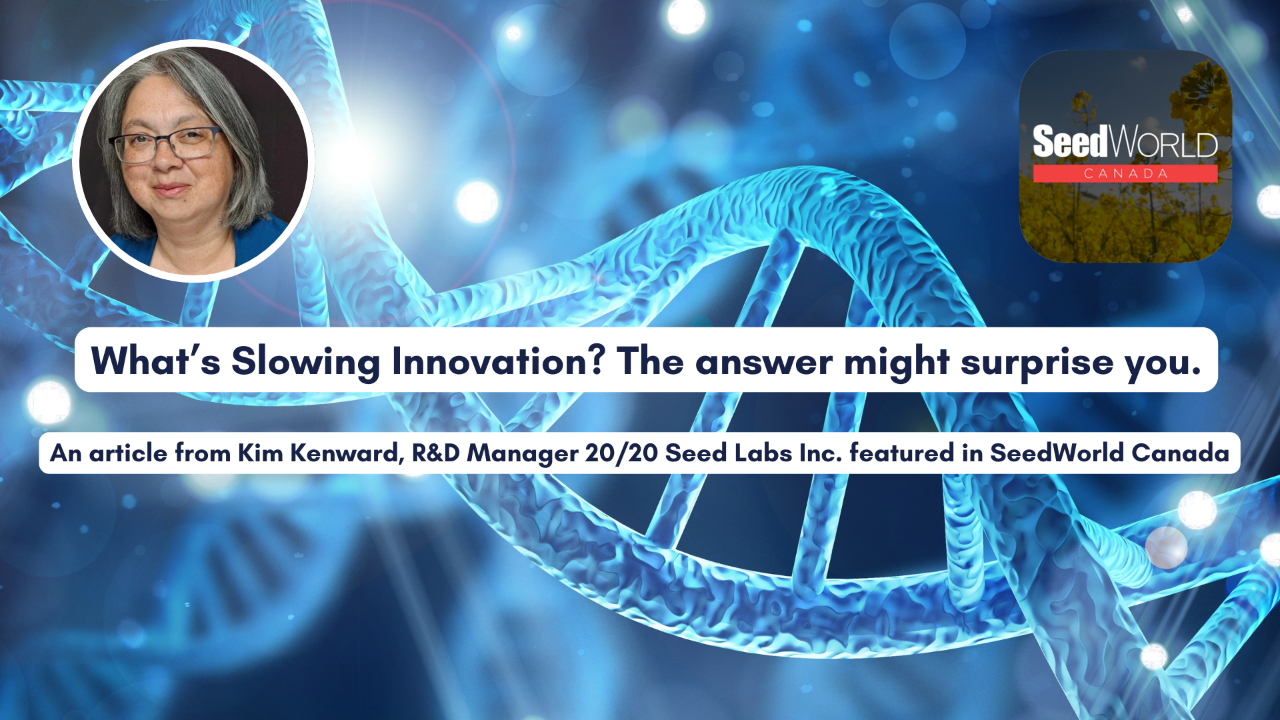
By Kim Kenward, R&D Manager 20/20 Seed Labs Inc.
We need to talk about a hard truth in our industry: regulations can drive innovation—but only when they evolve. When they don’t, they don’t just slow things down—they stop them cold.
We’ve got no shortage of powerful tools. But if the rules don’t allow us to use them, what’s the point?
Take seed vigour testing. It outperforms the standard germ test in meaningful ways—it’s more predictive, more useful—but because it’s not a required test under any regulation, it often doesn’t see as much uptake as it should. Better science. Less adoption. All because no one updated the rulebook.
Or consider Fusarium. A terrific DNA-based diagnostic exists for it. Faster, more precise than traditional plating. But when the pathogen became widespread, the system pushed us backwards. Why? Because regulations still define infection based on per cent seed infected—not DNA presence or load.
Clubroot tells a similar story. We now can quantify pathogen load in soil using qPCR, a method that’s not only more accurate, but faster and more scalable. But there’s no standardized extraction method. No universal thresholds. No interprovincial consistency. Australia, meanwhile, has a national system that ties soil test data directly to agronomic recommendations. In Canada, we’re still figuring out how to align test methods.
The problem isn’t the science. The problem is our system.
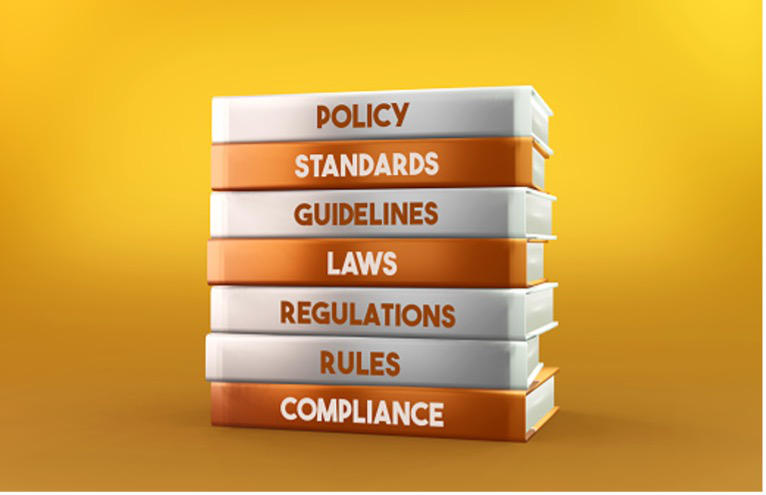
Sometimes it’s cost. Everyone wants the cheapest test. But when price is the only priority, there’s no room for meaningful improvement. Cheap doesn’t equal better—it just discourages investment.
Sometimes it’s outdated definitions. When your standard is built around a 2006 protocol that doesn’t reflect the tools we have today, you’re actively choosing not to improve.
Sometimes it’s miscommunication. Labs are building diagnostics. Agronomists are walking fields. Regulators are writing the rules. But without collaboration and alignment, we can’t modernize the way we define risk, act on thresholds, or communicate value to growers.
So what needs to change?
Realize that we all can make a difference.
- Seed growers: You have influence. Ask for better diagnostics. Support the adoption of smarter tests. Push for standards that reflect the science of today, not the limitations of yesterday.
- Labs and researchers: Keep building the future. But also push for the frameworks that allow your work to have real-world impact. Innovation doesn’t happen in isolation.
- Business managers: Work with regulators to update the definitions. Help make room for tools that already exist but can’t be used under current rules. Outdated standards don’t protect—they prevent.
We’ve got the science. We’ve got the technology. What we’re missing is alignment—and the courage to modernize how we operate.
Our industry isn’t short on innovation—we’re short on updated rules.
Better tests exist. Smarter tools are ready.
But outdated regulations keep them on the shelf.
It’s time to modernize the system.
Kim Kenward, R&D Manager
20/20 Seed Labs Inc.
Email: Kim@2020seedlabs.ca
Website: 2020seedlabs.ca
X: @2020Seedlabs
Insta: https://www.instagram.com/2020seedlabs
LinkedIn: https://www.linkedin.com/company/20-20-seed-labs-inc
